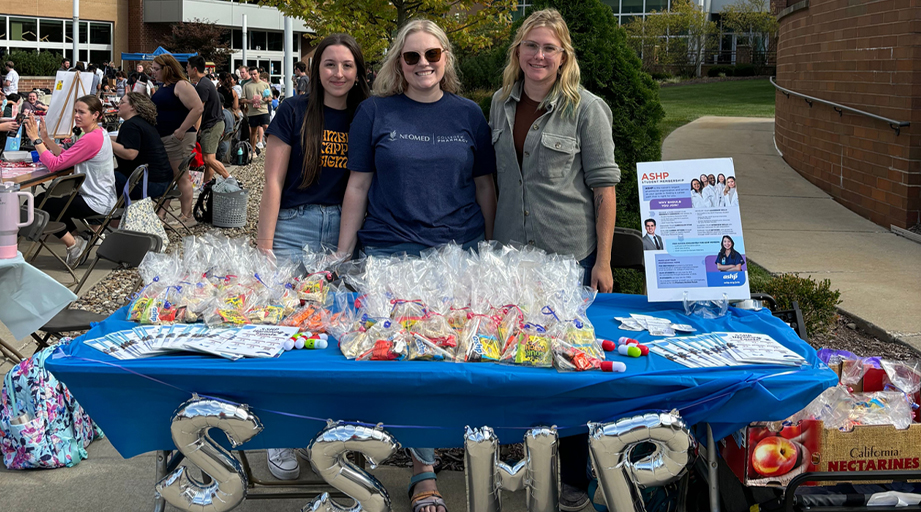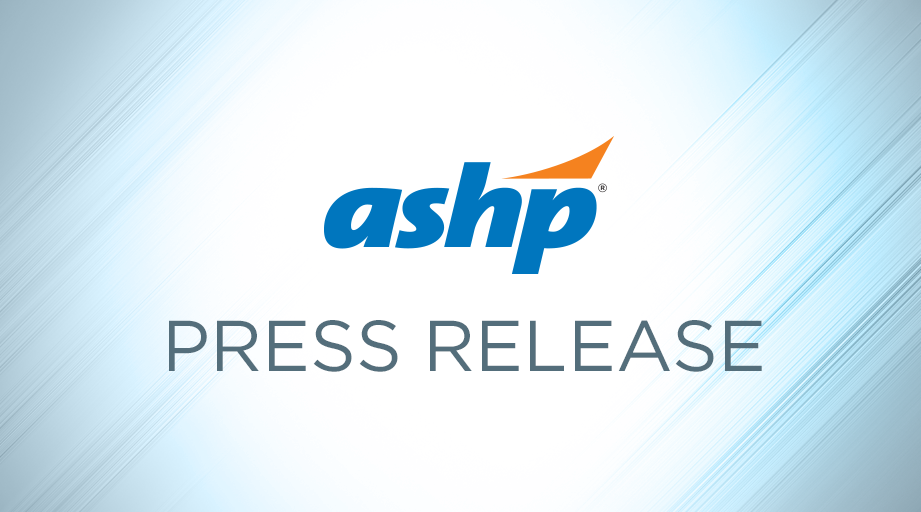
Occupational burnout and moral injury are common among pharmacists and other healthcare professions, and improving workforce well-being requires commitment at the institutional level, argued presenters at the Midyear Clinical Meeting & Exhibition.
Occupational Burnout and Moral Injury: The Most UNhappiest Places on Earth, presented Dec. 5, explored a framework for occupational burnout and moral injury in healthcare, the genesis and progress of ASHP’s Well-Being Ambassador program, as well as examples of how the program is helping to address burnout at the local level.
Few pharmacists need to be convinced of the importance of this issue, conceded Lauren R. Munoz, postdoctoral associate at The George Washington University (GWU). Between 63.6% and 87.6% of hospital-system pharmacists reported experiencing burnout during the pandemic. Rates before COVID-19 weren’t much better for health-system pharmacists and technicians, hovering between 39.7% and 61.2%. Burnout affects an estimated 58.6% to 82.3% of student pharmacists as well.
Emotional exhaustion, depersonalization, and a sense of ineffectiveness are well-known hallmarks of burnout. Moral injury, said Munoz, is a more burgeoning concept among pharmacists — marked by anger, frustration, shame or guilt, and a sense of futility at work.
Munoz shared a problem framework for understanding burnout and moral injury in the health and public safety workforce, developed by GWU’s Workplace Change Collaborative (WCC). The WCC framework illustrates how environmental, relational, and operational drivers lead to distrust, values conflicts, and inefficiencies in the workplace. Over time, these and other drivers lead to widespread occupational burnout and moral injury.
The outcomes of burnout and moral injury emerge among workers and learners, patients and the community, organizations, and society at large. Many of the greatest challenges facing health systems today, from medication errors to widening health disparities to recruitment and retention issues, can be traced back at least in part to burnout and moral injury, said Munoz.
Most organizations focus on fixing operational breakdown issues such as administrative burdens, safety, and workplace violence. “But unless you also focus on the relational breakdowns — building trust, aligning values, giving workers greater control, and solving for inequities — the organization will have a hard time taking care of occupational burnout and moral injury,” she said.
What’s more, outcomes feed the drivers of burnout and moral injury, creating a cycle. “As workers get frustrated and leave, it’s a bad thing for the organization and can lead to recruitment and retention challenges, as well as more values conflict and excessive demand for the workers who stay — which makes burnout and moral injury more likely,” Munoz added.
She also pointed to WCC’s new solutions framework, showing how strengthening relationships and improving operations can boost workforce voice and trust, and thus help address these issues among the health and public safety workforce. Actionable, evidence-based strategies for overcoming occupational burnout include implementing mindfulness training, improving teamwork to reduce workloads, and committing to diversity, equity, and inclusion. Munoz invited attendees to explore the interactive framework on the WCC website.
Most of WCC’s recommendations lie at the organizational level, and that is intentional. “We have focused strongly on organizations that need to build their resilience and infrastructure to help workers. Workers don’t just need to pull up their bootstraps and figure out what to do,” Munoz shared.
Ideally, health systems would build and foster cultures of well-being that support a workforce that can effectively cope with the stress and moral injury associated with demanding patient care environments. “We operate under the assumption that health and safety workers are resilient already,” she added.
Anna Legreid Dopp, ASHP’s senior director of government relations, described the pharmacy organization as “laser-focused” on well-being and resilience for the pharmacy workforce. ASHP’s Well-Being Ambassador Program (WBA) was launched with a grant from the Health Resources & Services Administration. The program sought to create a national network of trained pharmacy professionals — pharmacists, student pharmacists, pharmacy residents, pharmacy technicians, and technician trainees — to lead well-being efforts in their local communities, particularly in tribal, rural, and underserved areas.
More than 4,300 people across four cohorts have enrolled in the WBA program, shared ASHP Program Manager Lillian Agyei. Well-being ambassadors represent every state and a wide range of pharmacy practice settings.
Ambassadors work toward their ASHP Well-Being and Resilience Certificate through a curriculum on evidence-based strategies for boosting individual resilience and building workplace cultures to sustain professional well-being in pharmacy and other healthcare settings. To date, 737 people have completed the WBA program, which is complemented by coaching, an active virtual community, and other resources.
Tara Feller, clinical pharmacy manager at Froedtert & the Medical College of Wisconsin, is one of the WBA coaches. She described her experience with the program and how she supports her team of health-system pharmacists and pharmacy technicians — while engaged in her own well-being journey.
“Every time I learn something new [through the WBA program], I think about how it best applies to my team,” she said.
Feller stressed the importance of engaging executive leaders, knowing the results of your site engagement survey, and trying new things while measuring impact. Using this formula, she has experimented with alternative staffing and scheduling models, as well as enhancements to her organization’s electronic health records — ideas her team suggested might improve their well-being at work.
Any step that improves safety or efficiency tends to elicit positive results and feedback, Feller reported. Also, it's okay to try and fail in the name of improving well-being and resilience in your workplace. “You won’t see change if you don’t make changes,” she said.








